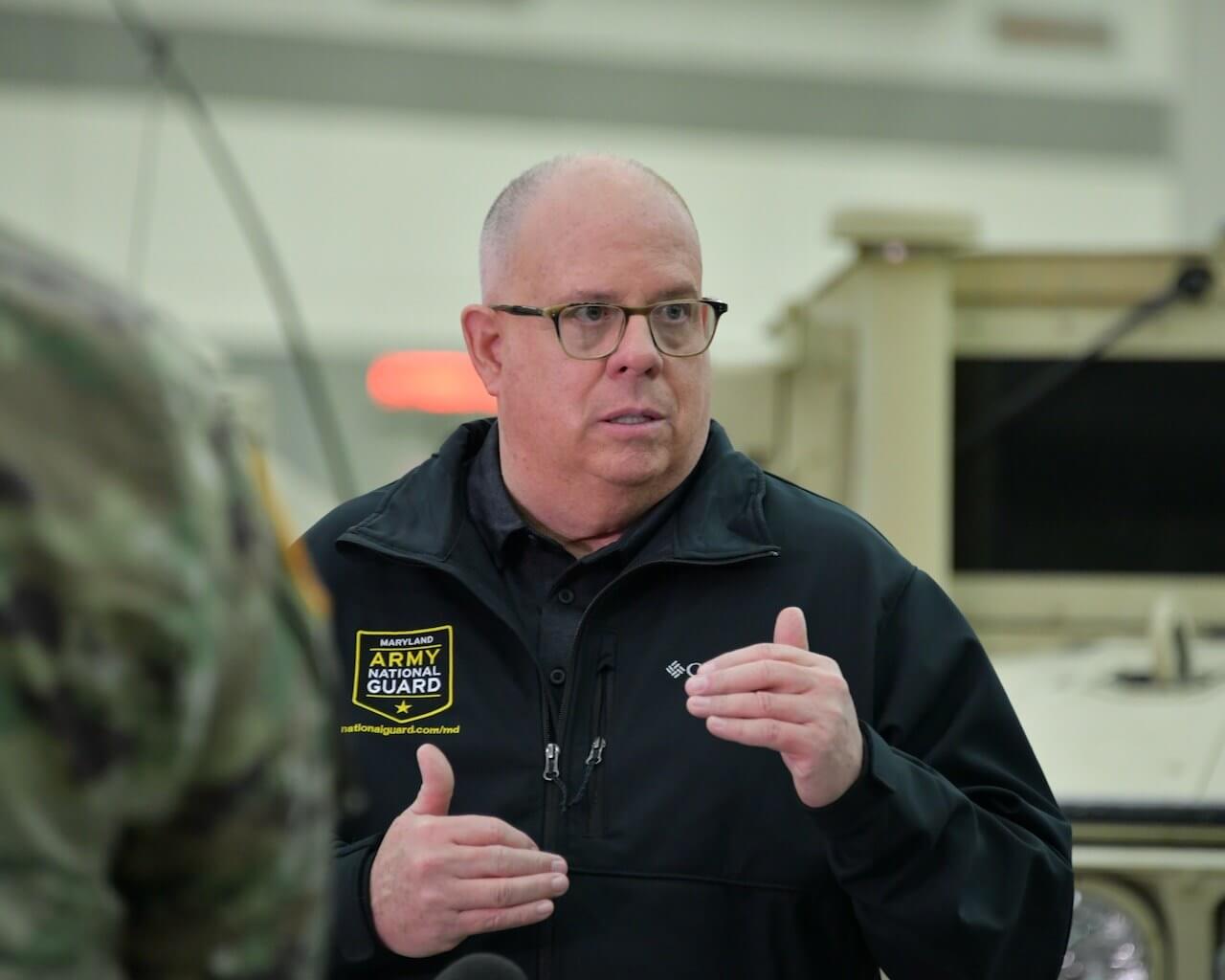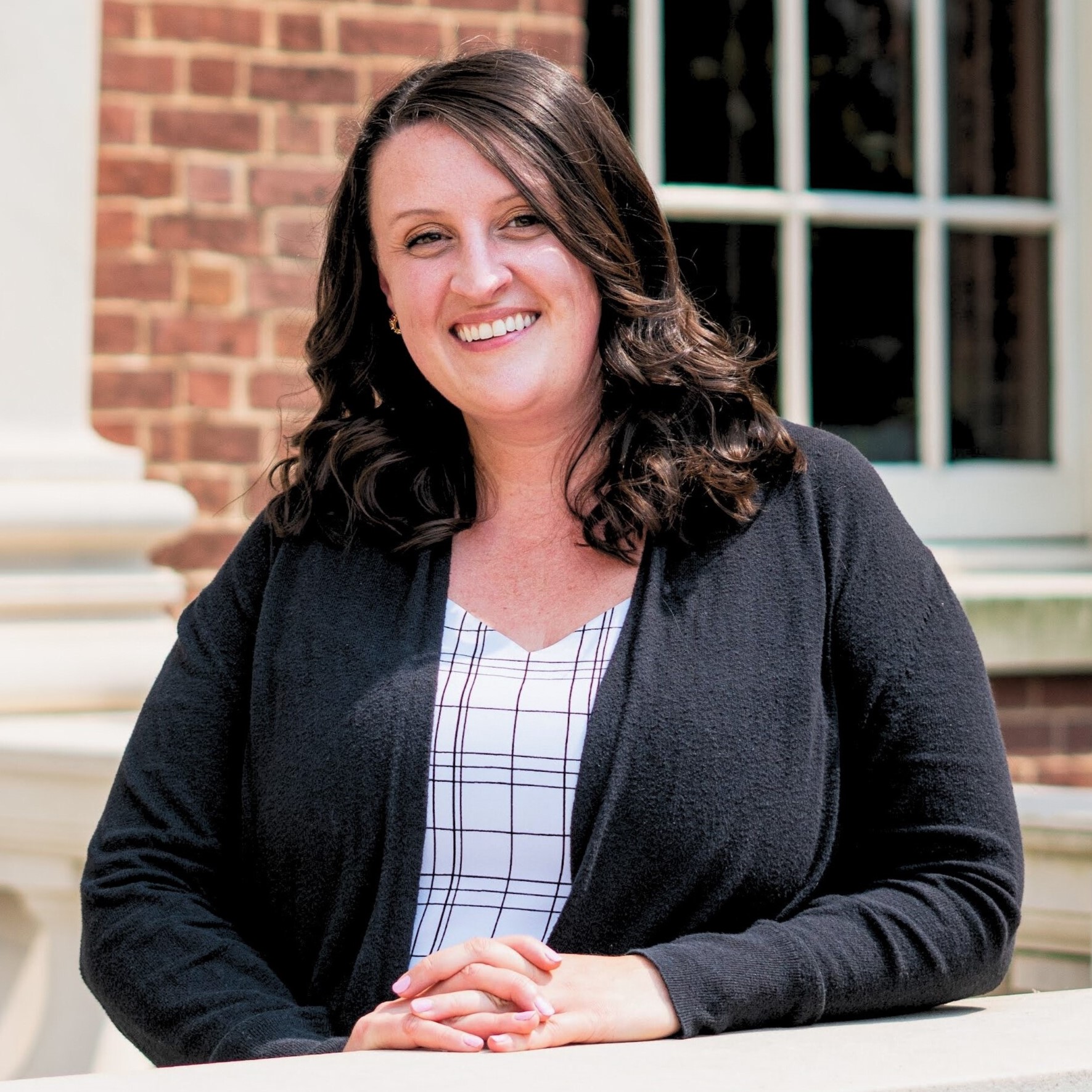Hogan: Reopening Plans Under Consideration, But Now Is Not The Time To Let Up

Gov. Lawrence J. Hogan Jr. (R) on Wednesday outlined the things he believes are necessary to reopen Maryland’s economy ― including more widespread testing and virus tracing ― but said Marylanders need to continue to “aggressively practice social distancing” for now.
At a State House news conference, Hogan said he was trying to strike a balance between the desire of many Marylanders to return to life as normal and the need for continued caution as the COVID-19 virus spreads throughout the state.
The state exceeded 10,000 confirmed cases of COVID-19 on Wednesday, and 349 Marylanders have died of the virus in the last month. There were 47 new deaths reported Wednesday morning. Combined with 40 deaths from a day earlier, it marked the deadliest 48 hours to date in the state.
On Wednesday, the state also started reporting the number of people ― 64 ― who have died of probable, but not confirmed, COVID-19 infections. A death is classified as probable if the person’s death certificate lists COVID-19 as the cause of death, but it has not yet been confirmed by a laboratory test.
Hogan said state experts are beginning to see signs that hospitalization rates from the virus are stabilizing and that early projections about the number of deaths in the state have been dramatically decreased as the result of aggressive mitigation and containment policies.
“Fortunately, because of early and aggressive actions, and because of the extraordinary sacrifices of Marylanders, we’re now in a position to move from containment and mitigation to plan the gradual roll-out of our recovery phase,” Hogan said.
More specific plans will be detailed next week, but may not take effect until further down the road, Hogan said.
“We want to make people feel like they’re going to get some of their lives back as quickly as we can. We want to get our economy back, we want to get people back to work,” Hogan said. “But we want to do so in a safe and smart way. Because the worst possible thing we could do is take actions too quickly and then have that spike [in new cases].”
Any new “normal” may look different, Hogan said. After talking about the prospect of reopening businesses in the state, he announced that he’d signed an executive order to require facial coverings and social distancing measures in stores statewide beginning 7 a.m. Saturday morning.
“The wearing of masks is also something that we may have to become more accustomed to in order to safely reopen our state,” Hogan said.
The requirement to wear facial coverings extends to transportation systems throughout the state as well.
Hogan said his administration will monitor the number of deaths, hospitalizations and patients under intensive care to guide reopening decisions, more than the sheer number of confirmed COVID-19 diagnoses in the state.
The number of confirmed cases of the novel coronavirus is expected to continue to climb as the state increases testing efforts, Hogan said.
The state has recently bought 40,000 additional tests and entered into an agreement to expand antibody testing of recovered patients. The eventual goal is to test up to 10,000 Marylanders each day, Hogan said.
Increased testing is one of four key areas Hogan said need to be strengthened before the state’s governments and economies can begin reopening. Hogan said other factors will be completing a 6,000-bed surge in hospital capacity, ramping up the supply of personal protective equipment and creating a more robust contact-tracing operation to track every positive COVID-19 case in the state.
Fran Phillips, Deputy Health Secretary for Public Health Services, said the goal of contact tracing is to find everyone a COVID-positive patient came into contact with, put those contacts into isolation and monitor them for symptoms.
Because social distancing efforts have been so robust, recent investigations have shown very little spread beyond family homes, she said. “That is the goal, to suppress this virus,” Phillips said.
There are about 250 people conducting contact tracing in Maryland right now. The state plans to quadruple that number by shifting state employees and hiring outside contractors, Hogan said.
During a meeting of the General Assembly’s Joint COVID-19 Response Legislative Workgroup earlier on Wednesday, lawmakers were told that the Maryland Health Care Commission and Office of Health Care Quality have issued certificates or temporary licenses for more than 2,350 additional treatment beds in the state. That does not include alternate care sites like the Baltimore Convention Center.
Gregg Todd, deputy secretary of operations at the Maryland Department of Health, told legislators that the state has engaged two different staffing agencies to help staff the surge facilities.
The state is expecting to receive between 7 million and 8 million items of personal protective equipment including masks and gowns for health care workers within the next week and is acquiring 2,000 additional ventilators, Todd said.
The state has so far received 470 ventilators from the federal government, which includes 50 on a three-week loan from the state of California.
Todd said hospitals in Maryland still have a number of ventilators that aren’t being used, so the state’s supply should be sufficient.
Despite the governor’s “cautious optimism,” his news conference was held on the same day that Baltimore City officials confirmed 129 cases of COVID-19 among residents at the FutureCare Lochearn skilled nursing and senior care facility in northwest Baltimore. There are an additional 41 cases among staff at the facility.
One reason for the high number of cases at the site could be “widespread surveillance testing,” which revealed many COVID-positive residents who are asymptomatic.
The testing will allow medical staff to monitor and also isolate positive patients, city officials said.
Holly O’Shea, a FutureCare spokeswoman, said the facility had “aggressively implemented” infection control procedures and is working with state and local health departments in its response.
Hogan spokesman Michael Ricci said FutureCare will move any patients who tested negative out of the facility and the state has provided assistance through a strike team.




 Creative Commons Attribution
Creative Commons Attribution